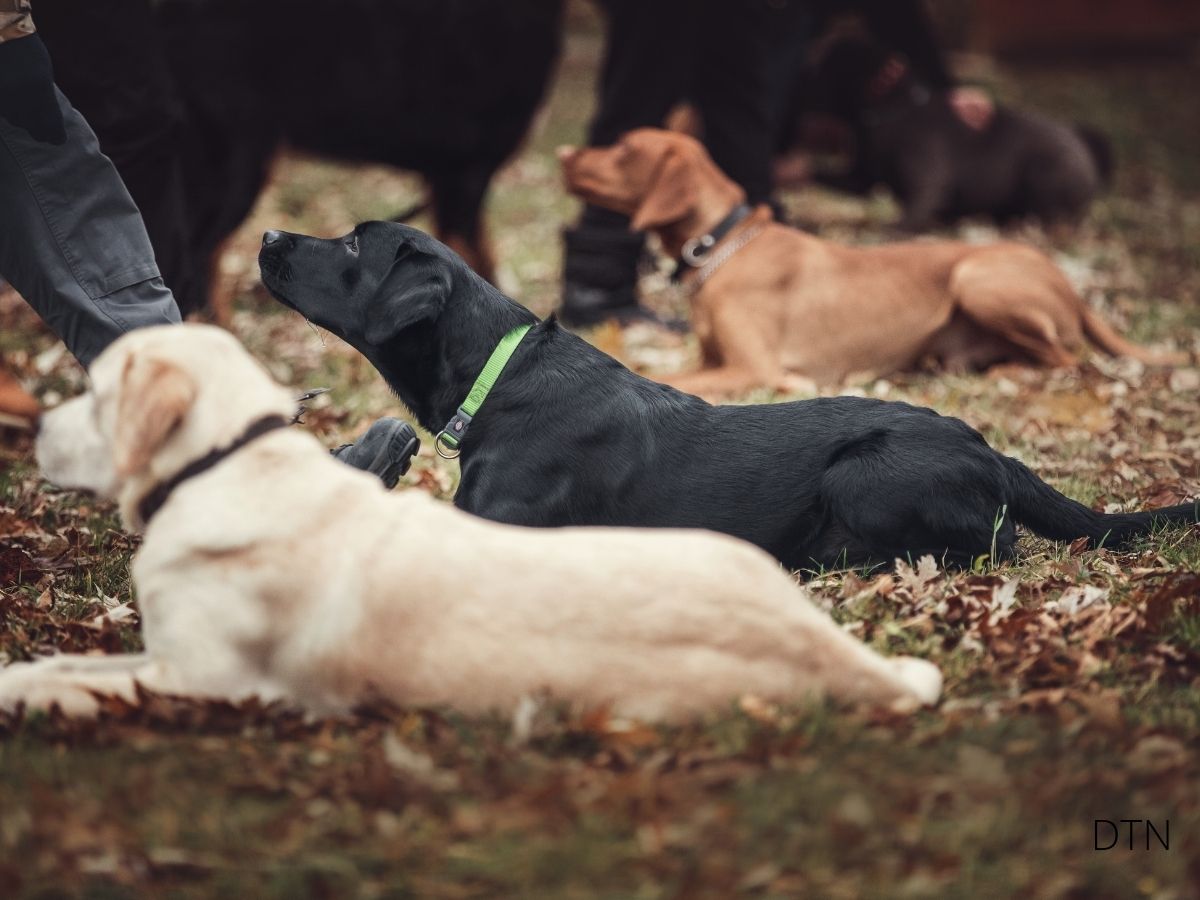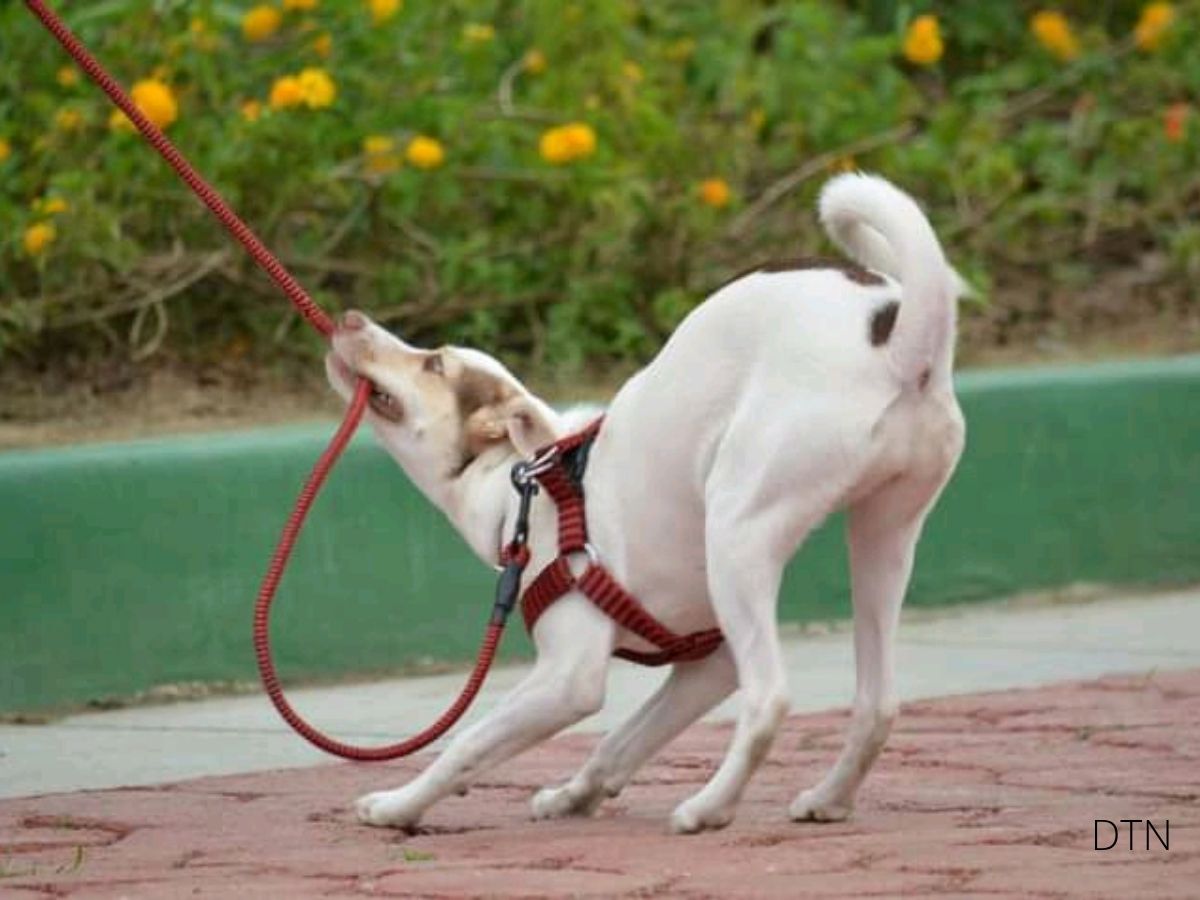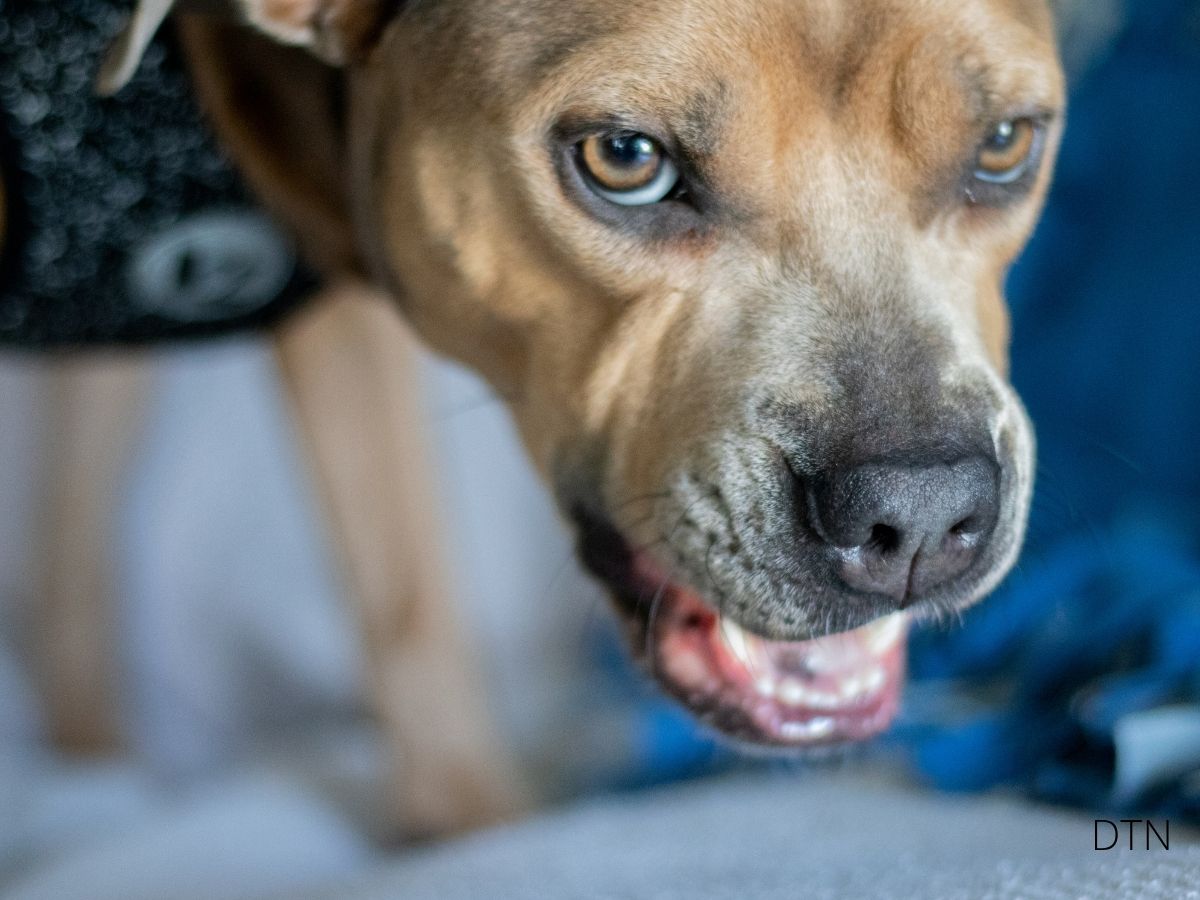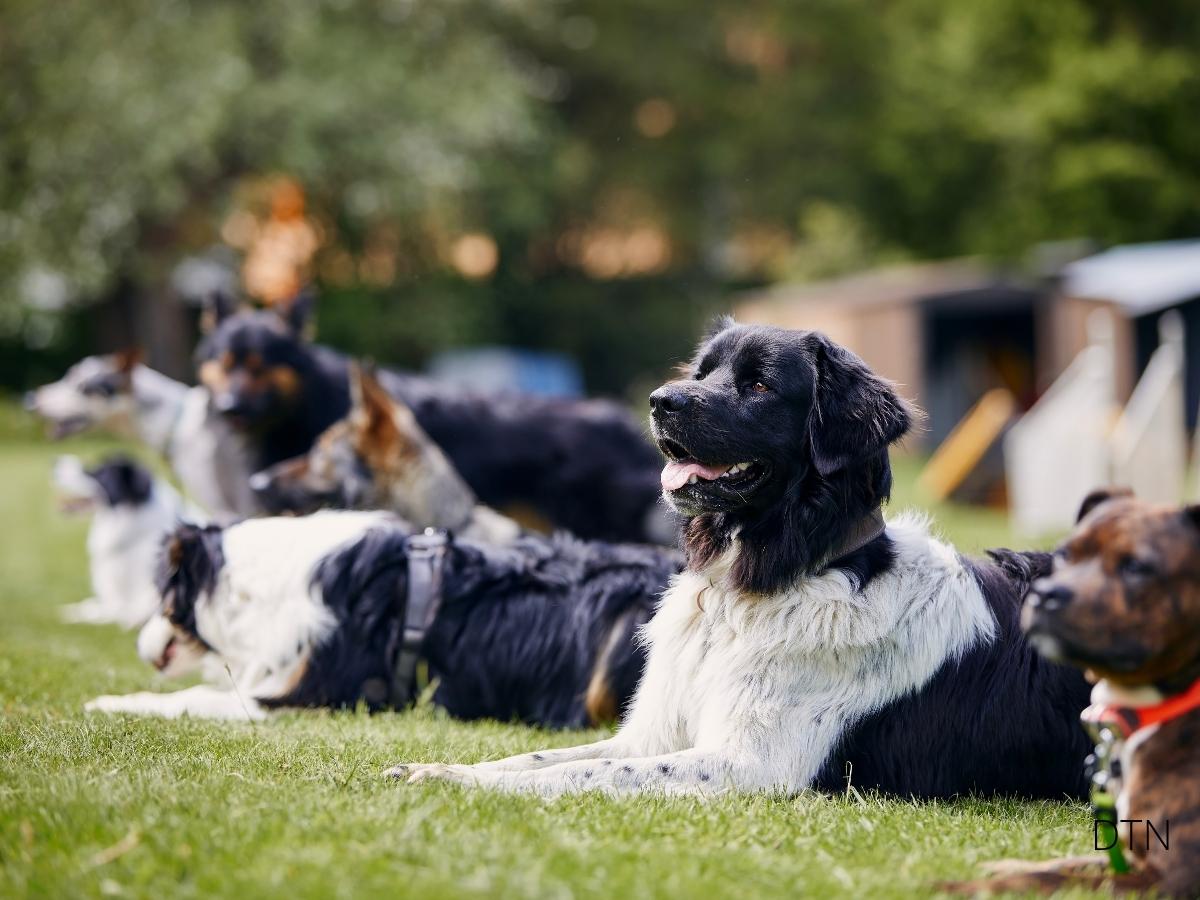Have you ever watched your typically sharp Border Collie suddenly fumble commands they usually nail? Or noticed your eager German Shepherd offering every behavior except the one you’re asking for? These aren’t signs of stubbornness—they’re signals of cognitive saturation, a state where your dog’s mental capacity becomes overwhelmed, much like when we feel mentally drained after intense studying.
The Hidden Challenge in Training
Cognitive saturation mirrors what humans experience after too much mental work. Just as our brains have processing limits, so do our dogs’. This phenomenon affects everything from basic obedience to complex working tasks, yet remains overlooked by many trainers.
Your dog’s prefrontal cortex—responsible for decision-making and working memory—can only handle so much before performance deteriorates. By recognizing these biological boundaries, we create training experiences that are both more effective and enjoyable for everyone involved.
How Mental Fatigue Shapes Behavior
The Working Memory Window
Think of your dog’s working memory as a mental desktop with limited space. When we push training beyond this capacity, we’re essentially asking them to juggle while someone keeps throwing more balls. During optimal conditions, information efficiently transfers from working memory to long-term storage. But when saturation hits, this process breaks down.
Different breeds have varying capacities. Your high-drive Belgian Malinois might maintain focus longer than your laid-back Basset Hound. Understanding your individual dog’s threshold is crucial for preventing overload.
Neural Fatigue Patterns
When dogs are overtrained, their prefrontal cortex shows reduced efficiency—like trying to solve problems after an all-nighter. You might notice decreased enthusiasm for usually exciting treats or a glazed expression replacing alert focus. These suggest temporary exhaustion of reward pathways in the brain.
Communication Signals of Mental Exhaustion
Dogs experiencing cognitive saturation develop unique stress signals. Your quiet Golden might start whining during training, while your vocal Husky becomes unusually silent. These aren’t random—they’re communications of mental strain.
Watch for displacement behaviors: sudden ground-sniffing during recall exercises or scratching without an itch. These act as pressure valves for overwhelmed nervous systems. Some dogs display “creative incompetence”—suddenly forgetting well-known commands. Others cycle through their entire repertoire except what’s being asked, a phenomenon called behavioral spillover.
The pause between command and response grows noticeably longer during saturation. This isn’t stubbornness but processing delay from mental fatigue.
Optimizing Learning Without Overload
Distributed Practice
The secret to preventing saturation lies in distributed practice—multiple short sessions rather than marathon training blocks. This approach prevents mental fatigue while enhancing long-term retention.
For puppies under 12 months, micro-sessions of 3-5 minutes work remarkably well. Adult dogs benefit from the “spacing effect”—training the same skill with 24-hour intervals produces superior retention compared to repetitive single-day practice. Three 10-minute sessions across three days achieve more than an hour-long Saturday session.
Reading Individual Thresholds
Every dog has a unique saturation point influenced by breed, age, temperament, and daily factors like sleep quality. High-drive breeds might maintain focus longer but show more frustration when hitting limits. Meanwhile, laid-back breeds might reach saturation sooner but display gentler overload signs.
Learn your dog’s early warnings: subtle changes in tail position, excessive yawning (a stress signal, not tiredness), or appeasement behaviors like lip licking. Recognizing these allows you to end sessions while learning remains positive.
Environmental Impact
Training environments significantly affect saturation speed. A quiet living room presents minimal cognitive load, but that same task in a busy park requires filtering distractions—dramatically increasing mental demand. Your Beagle might train for 10 minutes in the backyard before showing saturation, but only 3 minutes at a dog park.
Consider temperature, noise, and lighting. Hot days increase physiological stress, reducing cognitive capacity. By managing environmental complexity, you extend cognitive stamina and make learning more efficient.
The better I know men, the more I love dogs.
– Madame de Staël
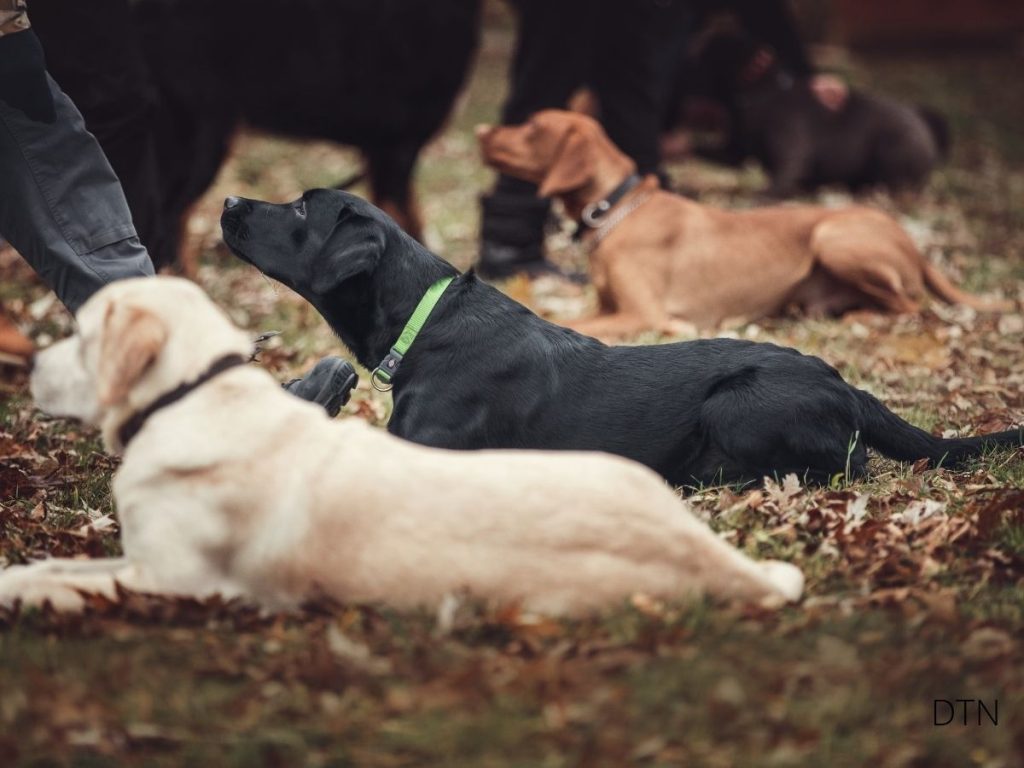
Performance Considerations
Working Dogs
Working dogs face unique cognitive demands requiring careful management. Search and rescue dogs process multiple sensory inputs simultaneously—scent discrimination, terrain navigation, handler communication. While they might not display obvious exhaustion, physiological markers like heart rate variability and cortisol patterns reveal cognitive depletion.
These dogs can develop cognitive endurance through progressive training, like athletes building stamina. However, this must balance with adequate recovery. A detection dog working multiple searches needs mental rest as much as physical recovery.
Sport Dogs
Agility and obedience demand rapid cognitive processing. Your Border Collie navigating a course isn’t just running—they’re constantly processing visual cues, remembering sequences, and making split-second calculations. Competition environments add cognitive stress through excitement, unfamiliar venues, and other dogs’ presence.
Successful competitors understand mental warm-ups and cool-downs. Short repetitions of well-known behaviors prime the cognitive system without depleting competition resources.
Nutritional Support for Cognitive Function
Your dog’s brain consumes approximately 20% of their body’s glucose, increasing during intensive training. Omega-3 fatty acids (DHA and EPA) improve learning ability and resistance to cognitive saturation. B-complex vitamins support neurotransmitter production and neural energy metabolism.
Timing matters: light feeding 2-3 hours before training provides stable blood glucose without drowsiness. Post-training nutrition within an hour supports learning consolidation and mental recovery.
Health Concerns and Recovery
While acute cognitive saturation reverses with rest, chronic overtraining can cause lasting issues. The stress response system becomes dysregulated with repeated overload, affecting cortisol patterns and potentially impacting immune response and digestion.
Behavioral consequences include frustration-based reactivity, “shutdown” (learned helplessness), or compulsive behaviors like excessive licking—mental escapes from overwhelming demands.
Recovery requires structured rehabilitation: a 2-3 week training hiatus, followed by enrichment activities engaging different neural pathways. Scent work, exploration walks, and food puzzles maintain engagement without performance pressure. Quality sleep—12-14 hours daily—becomes paramount for cognitive restoration.
Creating a Cognitive-Friendly Environment
Home Optimization
Create “decompression zones” where your dog can voluntarily withdraw when depleted. A quiet bedroom away from household traffic allows genuine relaxation. Consider technology’s impact—constant TV noise and notification sounds contribute to cumulative stress. Implement quiet hours to support mental recovery.
Daily Routines
Structure days to balance cognitive challenges with recovery. Morning might include five-minute training when minds are fresh. Midday provides physical exercise without cognitive demands. Evening involves calm enrichment like gentle scent work.
Predictability reduces cognitive load by minimizing decision-making demands. When dogs know what to expect, their brains don’t waste resources predicting scenarios, leaving more capacity for intentional learning.
Senior Dog Considerations
Aging dogs have naturally decreased saturation thresholds. The senior who once handled hour-long sessions might tire after ten minutes—normal aging affecting processing speed, not necessarily cognitive dysfunction.
Adapt training to 2-3 minute micro-sessions repeated throughout the day. Focus on maintaining existing skills rather than complex new behaviors. Use higher-value rewards, familiar environments, and combined visual-verbal cues to support processing.
Enrichment should emphasize success over challenge: simple food puzzles, gentle scent work, and calm social interactions provide stimulation without strain.
Conclusion: Training Smarter, Not Harder
Understanding cognitive saturation transforms dog training from repetition-focused to quality-centered. Every interaction involves cognitive processing, and recognizing when that system needs rest is as important as knowing when to progress.
This isn’t about training less—it’s about training smarter. By implementing distributed practice, reading individual thresholds, and creating supportive environments, we help dogs reach potential without risking burnout.
Consider: Are you recognizing early fatigue signs? Are sessions structured to prevent saturation? Does your dog’s environment support recovery? These questions guide us toward more effective, humane practices that strengthen the human-canine bond.
By respecting cognitive limits, we don’t restrict potential—we unlock it. A well-rested brain learns faster, retains longer, and engages more enthusiastically than one pushed to exhaustion. Understanding cognitive saturation isn’t just about better training results; it’s about honoring our companions’ remarkable minds and giving them the support they need to thrive.Retry


